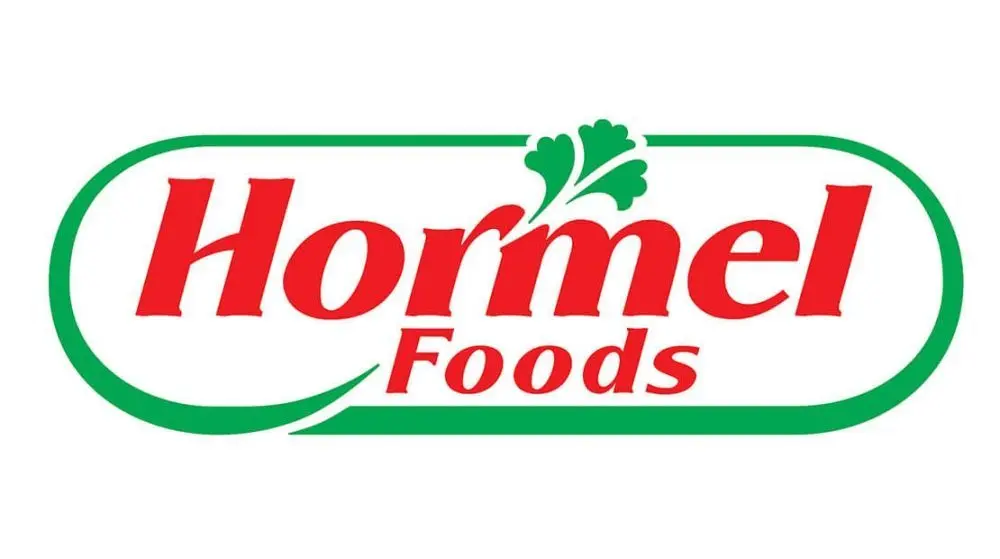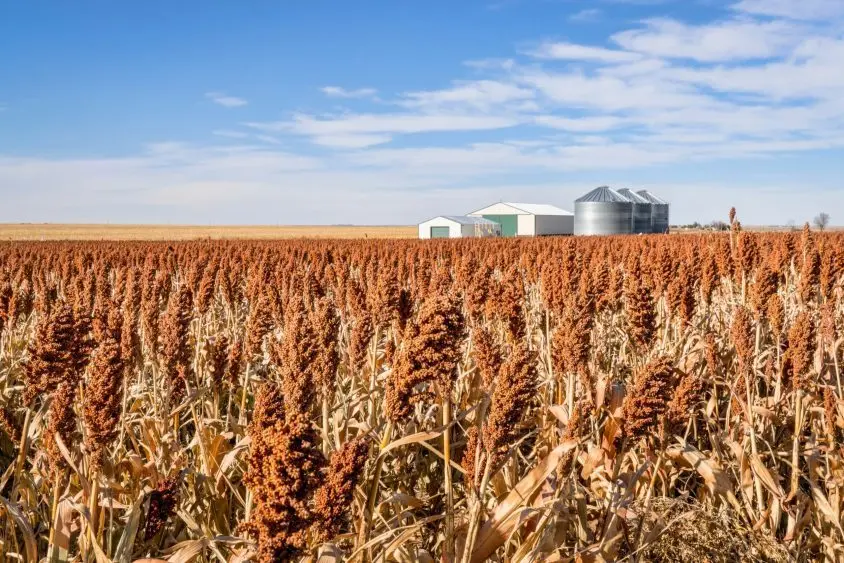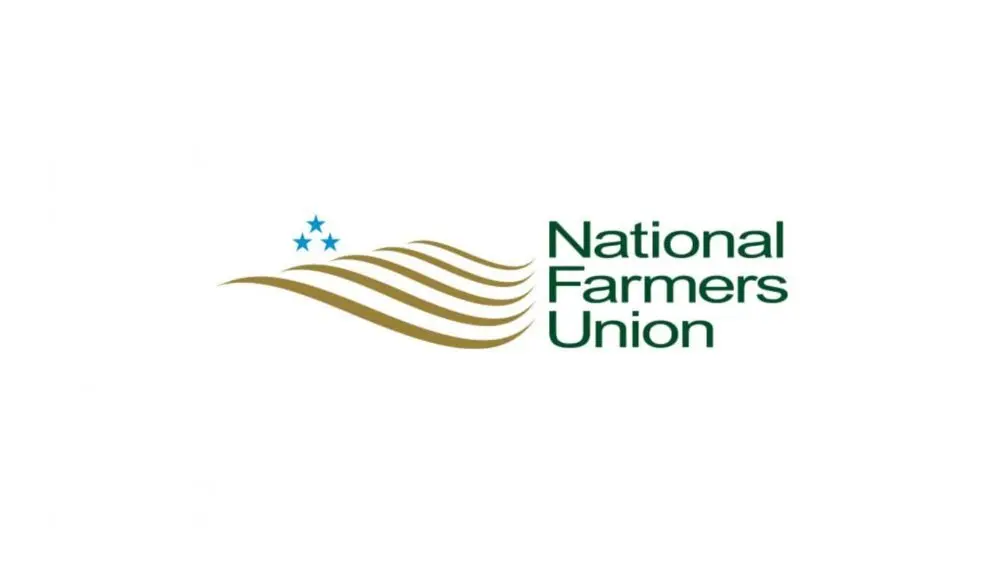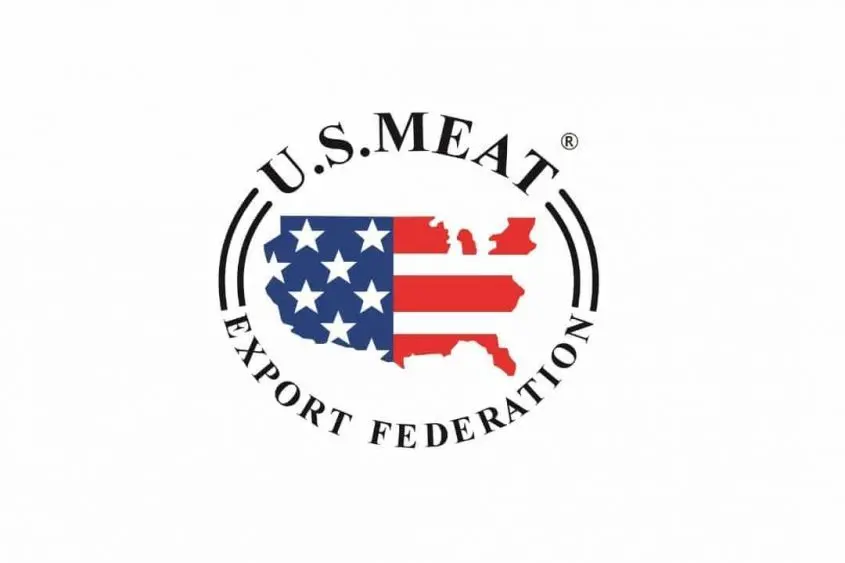
By Keith Nunes Baking Business
AUSTIN, MINN. — An unexpected rise in the costs of pork, beef and nuts undermined the performance of Hormel Foods Corp. during its most recent third quarter. The company experienced positive momentum in sales and organic volumes, but the costs of such key inputs pummeled Hormel’s bottom line.
“… We anticipated upward pressure on input costs driven by (the) pork, beef and nut markets,” said Jacinth Smiley, chief financial officer, during an Aug. 28 conference call to discuss third-quarter results. “However, during the third quarter, markets worsened significantly beyond our projections.”
Specific costs highlighted by Smiley included pork bellies, which were up 30% year over year, the pork cutout, which was up 10%, and beef prices, which have reached near all-time highs this year.
“Collectively, we experienced approximately 400 basis points of raw material cost inflation in the third quarter alone, representing a notable increase relative to last year,” Smiley said.
To counter the rising costs, the company raised prices late in its second quarter, is implementing “targeted pricing” during the fourth quarter and is considering additional pricing actions.
“For profitability, we have announced inflation-based pricing actions related to the third-quarter markets, which we expect to partially benefit the fourth quarter and carry into the first quarter of fiscal 2026,” Smiley said. “As the fourth quarter has begun, counter to our expectations, commodity markets have remained elevated across a variety of inputs. With that, we’re assessing additional pricing actions.”
For the quarter ended July 27, Hormel Foods earned $183.7 million, equal to 33¢ per share on the common stock, and flat when compared with the third quarter of fiscal 2024, when the company earned $176.7 million, or 32¢ per share.
Quarterly sales rose to $3 billion, up from $2.9 billion the year before.
In Retail, the company’s largest business unit, sales rose 5% to $1.86 billion, volume, which the company defines as pounds of product sold, rose 5% to 712.9 million lbs while segment profit fell 4% to $122.6 million.
The company said Retail’s top-line growth was offset by input cost pressures and higher selling, general and administrative expenses.
“Looking ahead for Retail, we expect that our brand building playbook will enable continued strong top-line performance in the fourth quarter,” said John Ghingo, president. “However, we remain cautious on segment profitability. The ramp up of commodity markets in the third quarter has created margin pressure that will continue through the fourth quarter.”
Foodservice business unit sales rose 3.5% to $987 million, volume fell 4% to 248.5 million lbs, and segment profit fell 1% to $140.7 million.
“Industry-wide traffic has remained soft, with overall visits slightly down year over year,” Ghingo said. “Casual dining has showed relative resilience in recent months, but the broader foodservice industry continues to face headwinds from inflation and shifting consumer behavior.
“The dynamics of this environment, particularly the impact of commodity pressures in the third quarter, led to margin compression for our business. But we believe that the pass-through nature of costs for much of our Foodservice portfolio will allow us to recover profitability over time.”
International sales rose 5.8% to $187.5 million, volume rose 8.4% to 85.1 million lbs and segment profit fell 13% to $18.9 million.
“Profitability was down year over year, mainly due to our Brazil business, which remained under significant pressure in the quarter,” Ghingo said. “The operating environment in Brazil continues to be challenged by competitive pricing dynamics.”



